The Different Levels of Leather: A Guide to Understanding Leather Quality

Leather is a timeless and versatile material that has been used for centuries in fashion, furniture, and various other applications. However, not all leather is created equal. Understanding the different levels of leather can help you make more informed choices when purchasing leather goods. Here’s a guide to the different types of leather and what sets them apart.
1. Full-Grain Leather
Top Layer:
Full-grain leather is made from the top layer of the hide, which includes all of the natural grain.
Durability:
It is the most durable and strongest type of leather because the grain has not been removed.
Aesthetics:
This leather ages beautifully, developing a patina over time that enhances its appearance.
Uses:
Often used for high-quality furniture, saddles, and premium leather goods.
Why Choose Full-Grain Leather?
Full-grain leather is the highest quality leather available. It retains the natural marks and imperfections of the hide, making each piece unique. Its durability and ability to develop a patina make it a long-lasting and visually appealing choice.
2. Top-Grain Leather
Sanding:
The top layer of the hide is sanded and buffed to remove imperfections.
Finish:
Often finished with a coating to provide a uniform look and resist stains.
Softness:
Generally softer and more flexible than full-grain leather.
Uses:
Commonly used in high-end leather goods, including handbags, jackets, and upholstery.
Why Choose Top-Grain Leather?
Top-grain leather offers a balance between quality and cost. While it’s not as durable as full-grain leather, it still provides a high-quality finish and is more resistant to stains. It’s an excellent choice for those who want a high-end look without the premium price of full-grain leather.
3. Genuine Leather
Lower Layers:
Made from the layers of the hide that remain after the top has been split off.
Processing:
Heavily processed to create a uniform appearance, often embossed to mimic higher-quality grains.
Durability:
Less durable than top-grain and full-grain leather.
Uses:
Used in a wide range of products, including belts, wallets, and some furniture.
Why Choose Genuine Leather?
Genuine leather is more affordable and still offers a genuine leather feel. However, it is not as durable or high-quality as full-grain or top-grain leather. It’s a good option for those on a budget who still want leather products.
4. Bonded Leather
Composition:
Made from leftover leather scraps and fibers, bonded together with adhesives.
Appearance:
Often has a synthetic finish to give the appearance of genuine leather.
Durability:
Least durable and lowest quality of all leather types.
Uses:
Commonly used in budget-friendly furniture and accessories.
Why Choose Bonded Leather?
Bonded leather is the most affordable option and can mimic the look of higher-quality leather at a fraction of the cost. However, it lacks the durability and longevity of true leather and may not hold up well over time..
Conclusion
Understanding the different levels of leather is crucial for making informed decisions when purchasing leather goods. Whether you’re looking for the highest quality, the best balance between quality and cost, or the most budget-friendly option, knowing the characteristics of each type can help you choose the right leather for your needs.
When choosing leather, consider your priorities: durability, appearance, budget, and intended use. Full-grain leather offers unmatched quality and durability, while top-grain leather provides a high-end look at a more accessible price. Genuine leather offers a balance between quality and cost, and bonded leather is ideal for those seeking the appearance of leather on a tight budget.
By understanding these differences, you can make a more informed choice and ensure you select the right leather for your needs and preferences.
—
Interested in more tips and guides on natural products and interior design? Stay tuned to our blog for the latest insights and trends!
